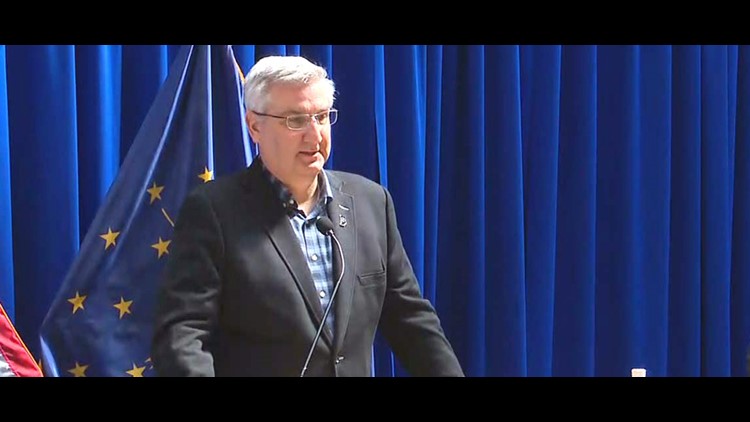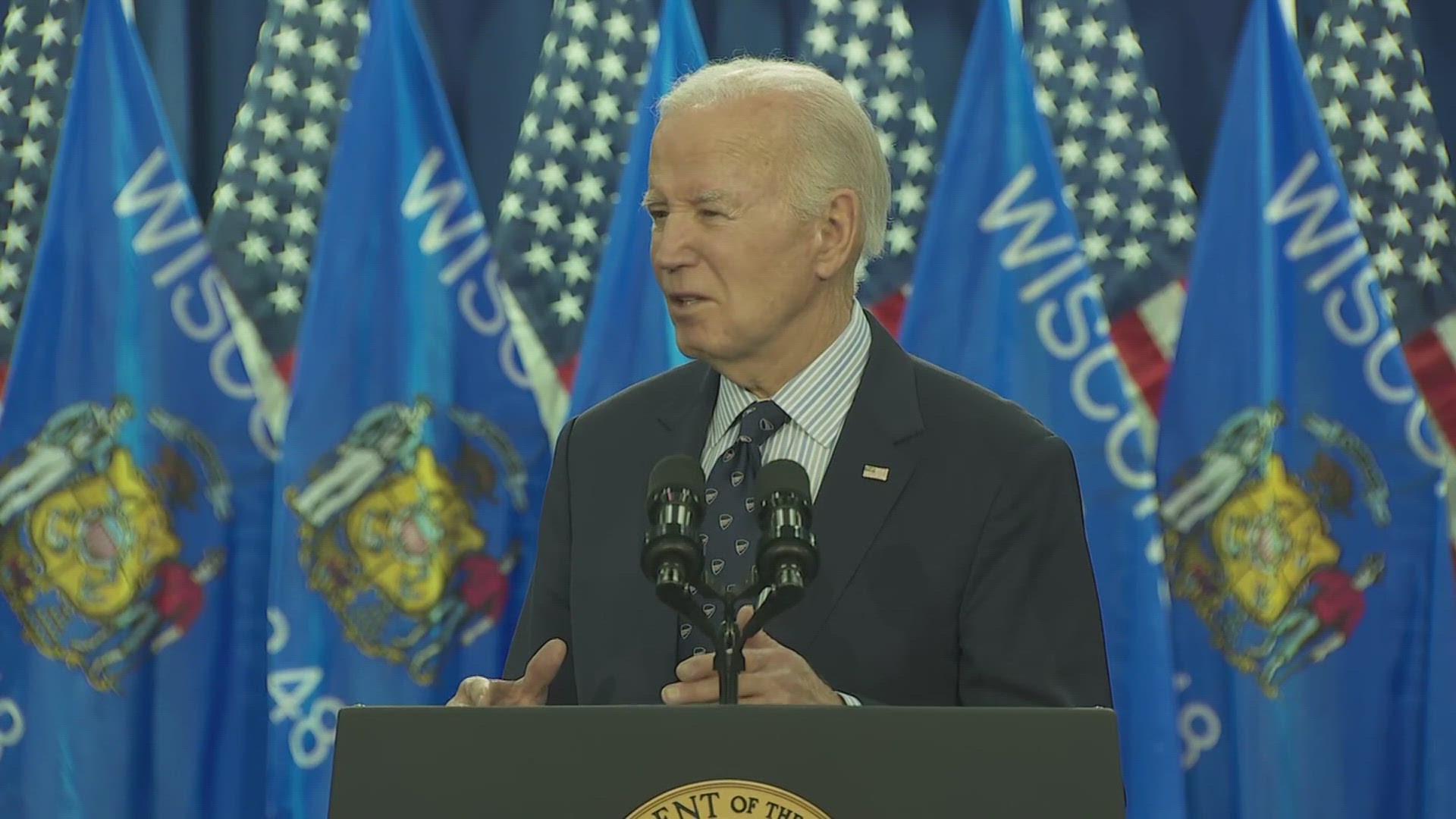NASHVILLE, Ind. — One of the most arduous jobs in America these days is being a governor of one of 50 states. The Trump administration has essentially kicked the response to the coronavirus pandemic to the states, and so Gov. Eric Holcomb and his 49 cohorts have had to make unprecedented decisions that have impacted millions of people.
Indiana Republican Chairman Kyle Hupfer began getting calls after Holcomb's mid-March decision to shut the state down. "I used the line ‘The easy decisions were made about three days ago,'" Hupfer said. "They are all hard now. There are no easy decisions. So now every decision is between two bad things. There just aren’t good options left. It’s been that way through the whole thing.”
Since that decision, at this writing there have been 1,764 deaths, 29,936 total cases, and 202,995 tests. All of these health stats are significantly below what experts say the real numbers are. Nearly 650,000 Hoosiers have filed for unemployment compensation and many of the state's 500,000 small businesses are vulnerable, causing the state jobless rate to skyrocket from 3.2% in February to 16.9% in April, a truly jaw dropping number. On Friday, Holcomb ordered 15% state agency cuts for Fiscal Year 2021.
These statistics form the basis for the policy tug-o-war Holcomb and other governors face.
In early May, Holcomb announced five "stages" to reopen the economy, even as the troubling health numbers continue to stack up. On the day I wrote this column, there were 676 new cases and 48 more deaths.
He called his decision to begin reopening the economy "a little bit of art, a little bit of science" in reopening all but Marion, Lake and Cass counties, where COVID cases were still rising. He called it a "roadmap," explaining, "This is why we call it a roadmap: If the road washes out, we’ll have to take a detour or we may put it in park.”
In the aftermath of that decision, he took "incoming" from all sides. South Bend Mayor James Mueller was "astounded," saying, "I felt that the governor has responded appropriately up until now, but on this decision, I could not disagree more. Reopening should be data driven, not date driven.”
The presumptive Democratic gubernatorial nominee Woody Myers, who served as Indiana health commissioner under Republican Gov. Robert Orr and Democrat Gov. Evan Bayh, called the plan “premature” and “confusing.”
“The steps taken by the governor today are premature and increase the likelihood of worsening the Indi- ana coronavirus epidemic,” Dr. Myers said. “We will likely see a higher number of new cases in Indiana than if we had waited longer to ease restrictions. We are simply not ready yet.”
On the right, social conservatives have been grumbling about churches being shut down, goaded on by President Trump, who has been calling on supporters to "liberate" their states, even though most (including Indiana) haven't met the key Centers for Disease Control threshold of 14 consecutive days where COVID infections and deaths have declined.
Former Republican U.S. Senate candidate Don Bates Jr., complained in a Facebook posting about "our government being able to define via executive order what is essential and what is not, and therefore shuttering church buildings around the state when Walmart, Lowes, and Menards are packed to the max.”
So Holcomb faced a damned if you do, damned if you don't dilemma.
What fueled his decision to reopen was the state dodging the New York City nightmare of its medical system swamped with cases, COVID patients lining ER hallways and corpses being stacked in refrigerator semi-trucks.
Indiana had the geographical advantage of watching and learning from coastal hotspots in Seattle and New York. Its many E.R. doctors were in touch with cohorts in those locales. So was the Indiana State Department of Health, which regionalized hospital systems while doubling the number of Intensive Care Unit beds. For most of April and May, ICU capacity hovered between 40 and 45%, meaning if that time window hadn't been efficiently used, Indiana's medical system would have been on the brink.
“As long as we can manage our way through this, which we have done, we know, facts certain, we have slowed the spread,” Holcomb said. “That’s what’s most important, that we can continue to care for those who are in need. When those hospital levels are where we can manage it and care for every single person that needs care, whether it’s COVID-19 or they have the flu or heart issues ... we’re in a position where we can accommodate that right now.”
Holcomb faces the prospect of second and third waves of the virus, as well as when to reopen K-12 schools and universities. A day before this writing, he announced "Stage 3" of five phases would begin. He knows that if the cases continue to rise, he may have to reimpose restrictions while facing political retribution.
What Hoosiers should remember is that the early stages of a pandemic are scary. Like AIDS in the 1980s, we eventually adapted, changed behaviors and learned to live with it. Until there's a vaccine and reliable treatments, we're going to have to do so again. That means to continue to social distance.
“We’ve earned the ability to continue to move forward," Holcomb said on Wednesday. "The No. 1 thing you can do is wear a mask when you’re around a lot of other people.”
The columnist is publisher of Howey Politics Indiana at www.howeypolitics.com. Find Howey on Facebook and Twitter @hwypol.



